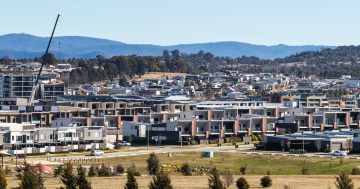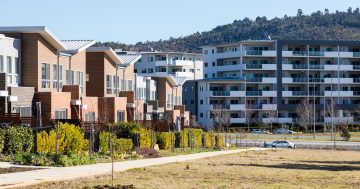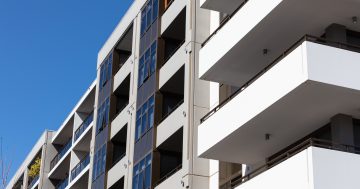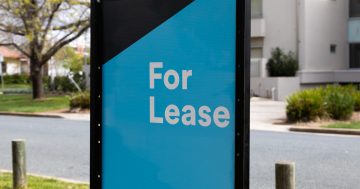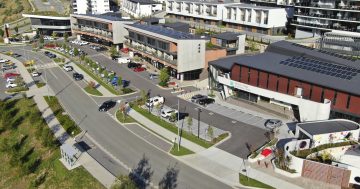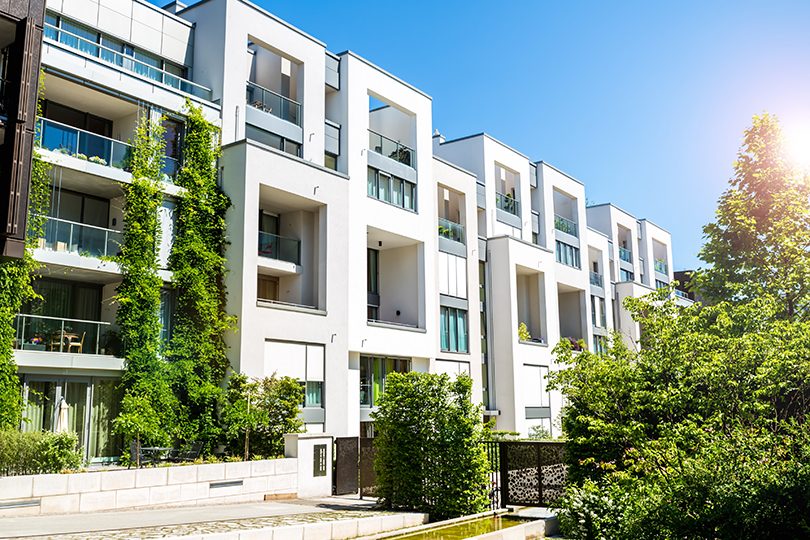
Apartment rents have surged 6 per cent over the year to 12 April. Photo: File.
The hunt for a home to rent in the ACT became even harder in March with available properties shrinking to about 500.
While rents slipped ever so slightly there was little relief for prospective tenants as the cost of renting a unit remained the highest in the nation.
A surge in Sydney house rents eclipsed Canberra but the national capital was the second-highest place in the country to rent a house.
The latest data from SQM Research shows only 508 vacancies in Canberra at rates of just 0.7 per cent, down from 535 and 0.8 per cent in February.
This was the second lowest vacancy rate in the country only ahead of Hobart at o.6 per cent
The figures for the same time in 2020 shows how much the situation has worsened for renters when there were 589 vacancies and the vacancy rate was 0.08 per cent.
Prospective tenants can be thankful that rents took a breath falling just 0.2 per cent for both units and houses.
But at $658 a week for houses and $493 for units, there is a lot of income going to keeping a roof over one’s head.
Over the year, unit rents have surged 6.2 per cent while house rents are up 1.7 per cent. This may reflect the dearth of affordable houses in the market and people finding better value in units and apartments closer to where they work.
The new figures will only stoke further calls for government to boost public and social housing stocks, as well to provide incentives for build-to rent developments to increase supply.
While there are fewer international students in Canberra due to the pandemic, the ACT’s booming economy underpinned by a big uptick in government work is drawing new workers to the national capital.
But SQM Research says the loss of international students has driven down rents in Sydney and Melbourne where there is now an oversupply of units.
Over the year, Melbourne and Sydney unit rents are down substantially by 12 per cent and 6.5 per cent.
Overall, the national residential rental vacancy rate rose to 2.1 per cent over March from two per cent in February, the first time for that period since 2007.
The rise was driven by increases in vacancies in Sydney as well as a reversal in some of the tight rental markets of regional Australia.
Over the month to 12 April 2021, capital city rents rose 1.3 per cent for houses to $557 per week but fell 0.2 per cent for units to $411.
Nationally, house rents rose by 14.7 per cent while unit rents rose 6.5 per cent, pushed up by strong growth in regional locations around Australia.












